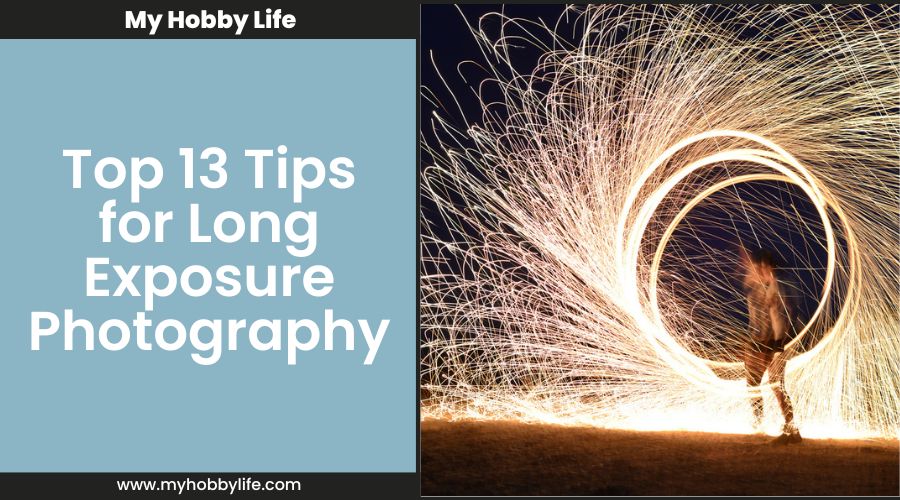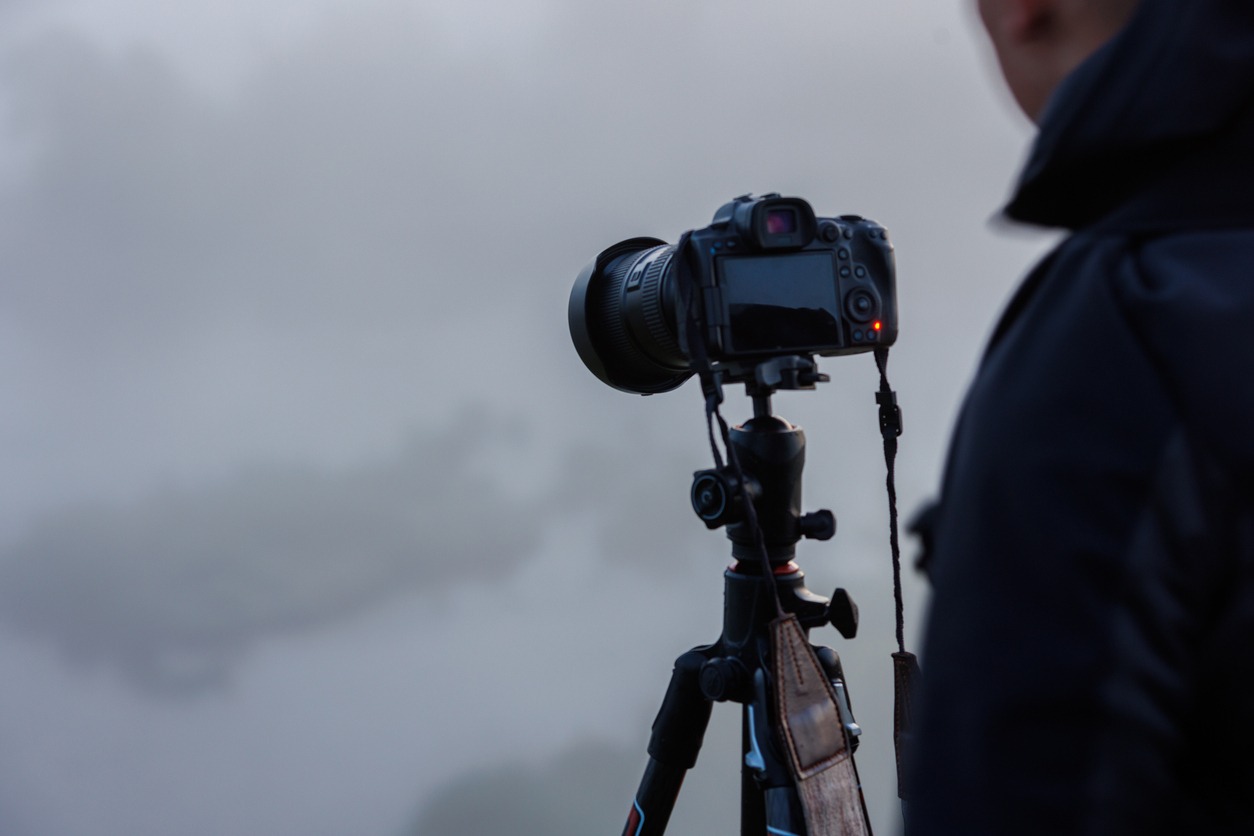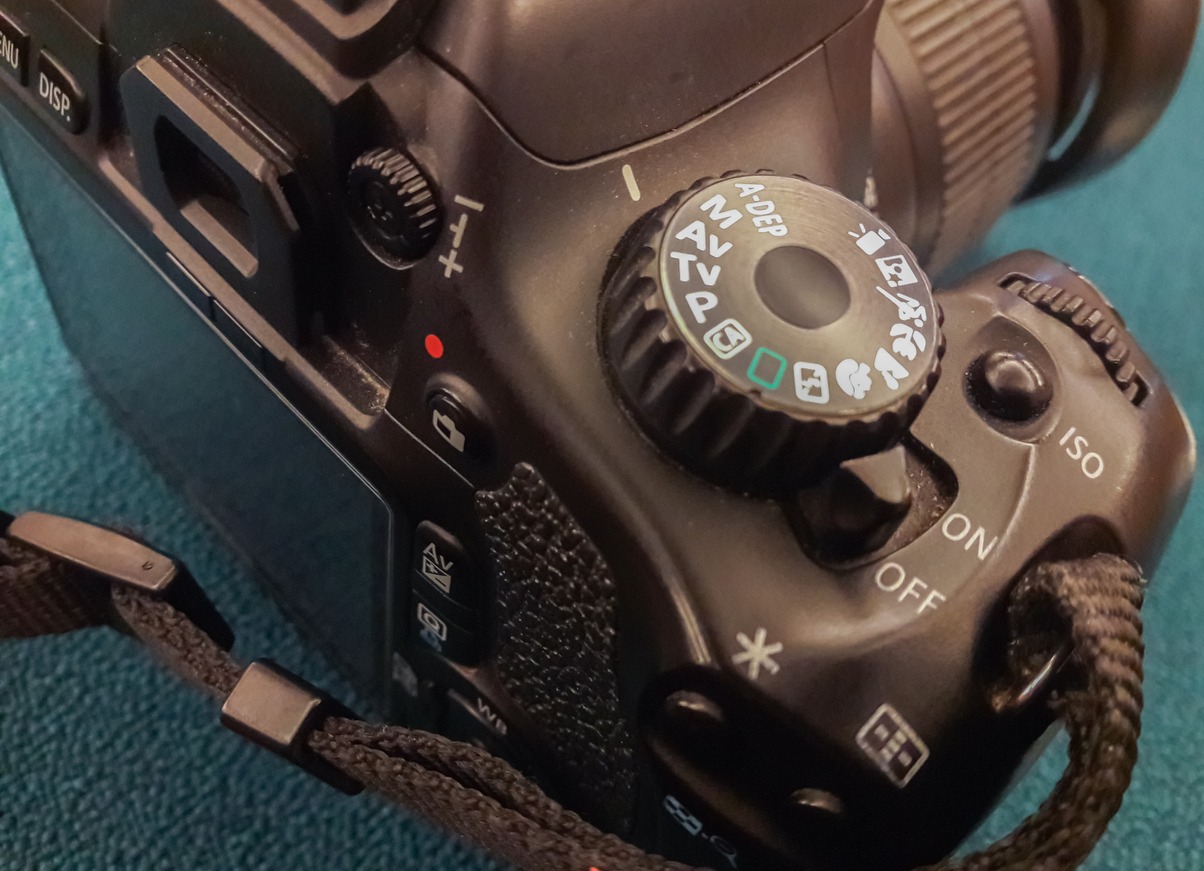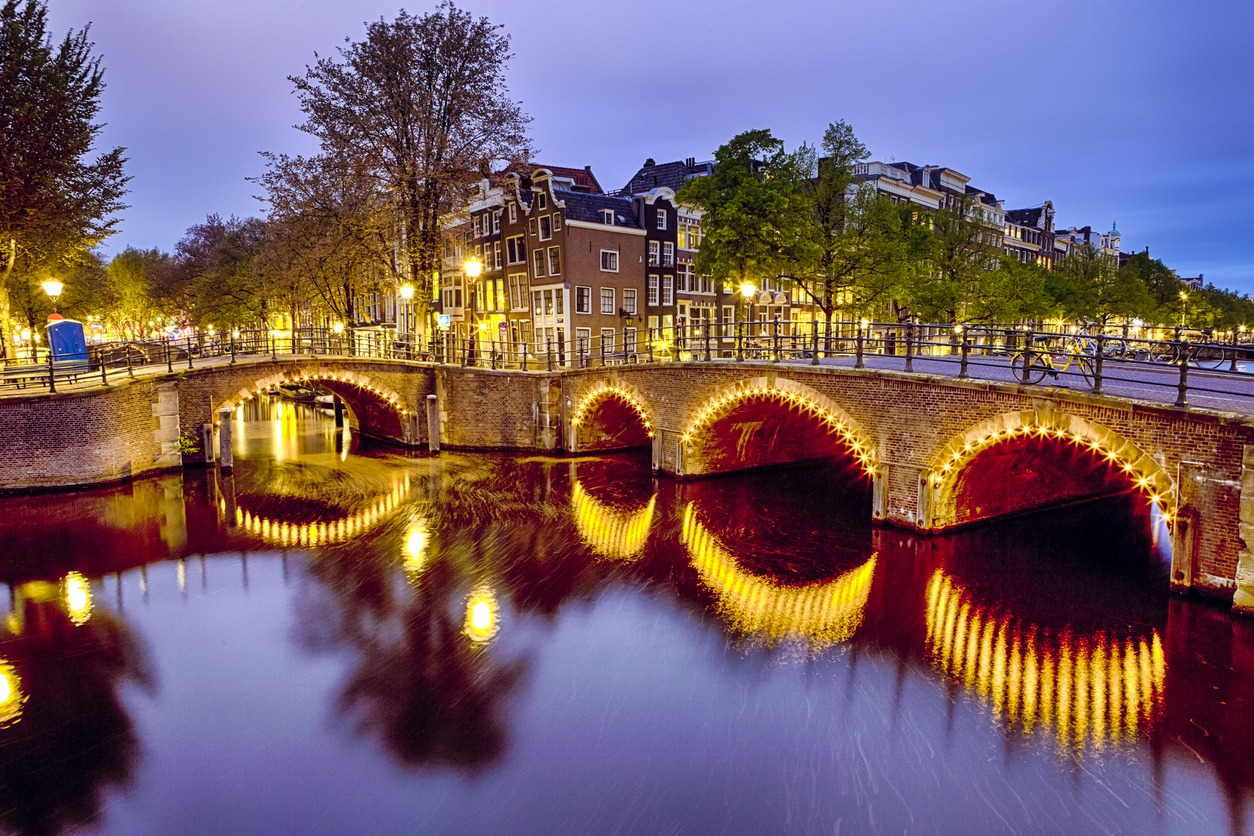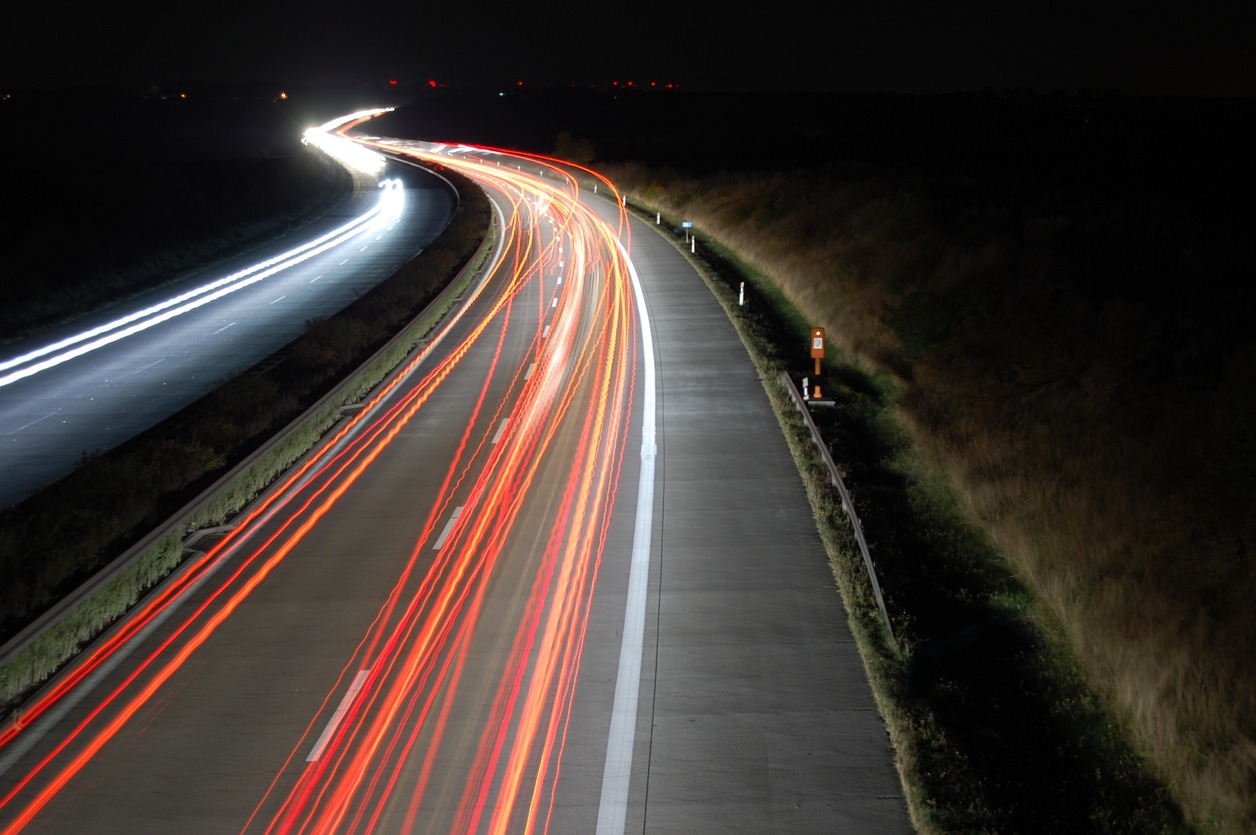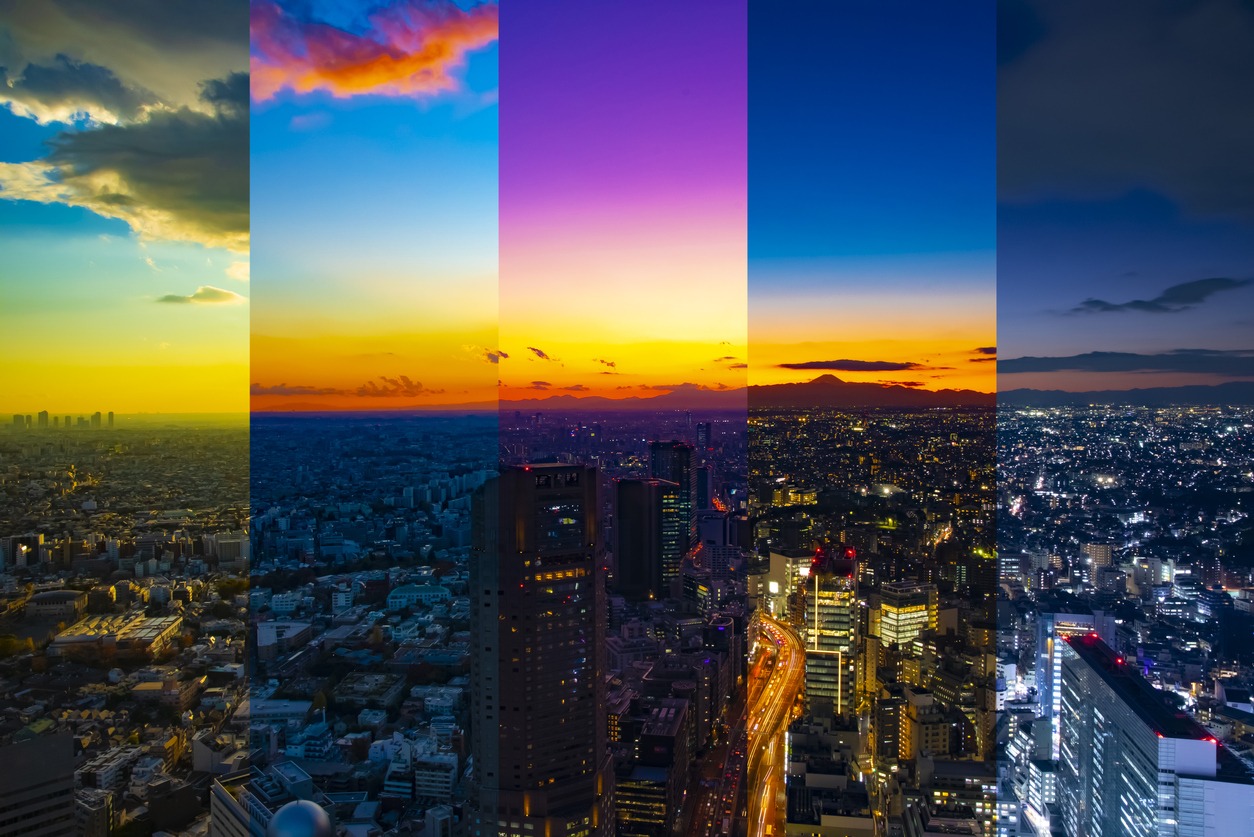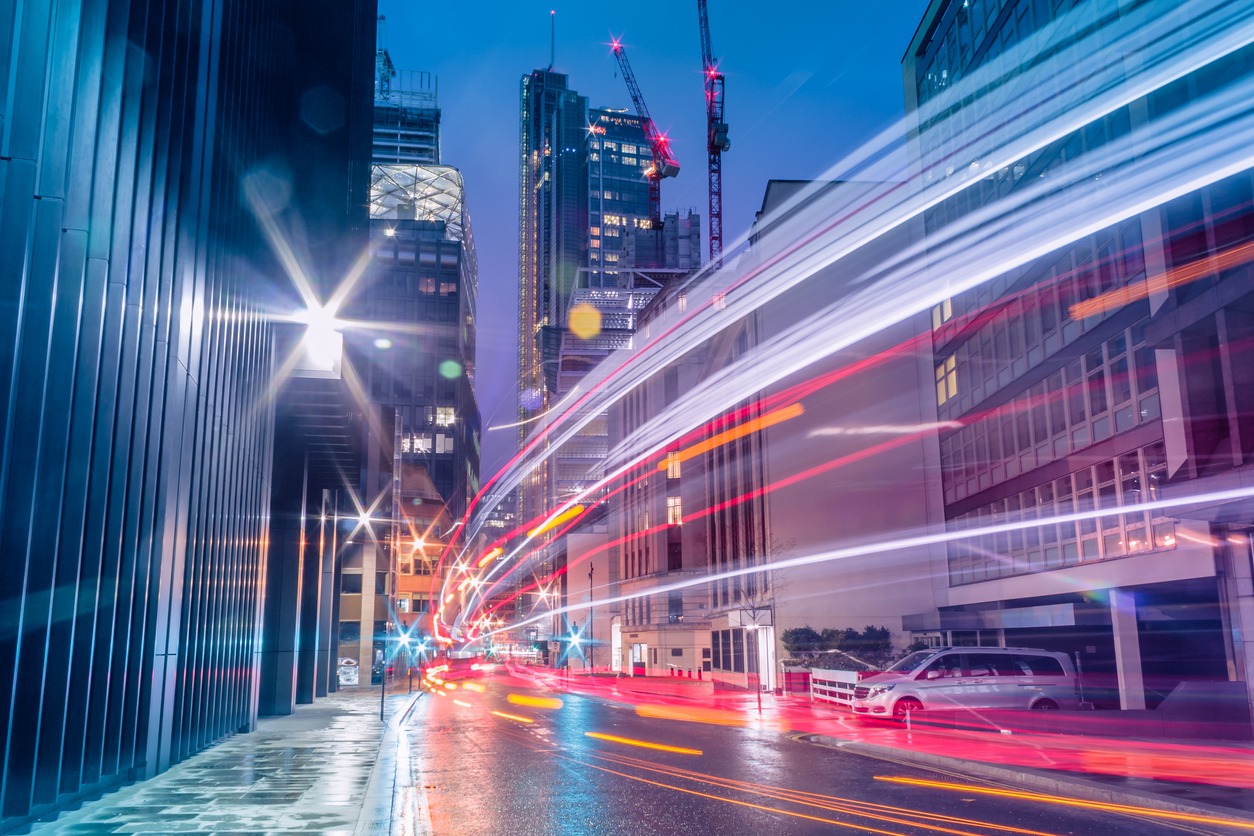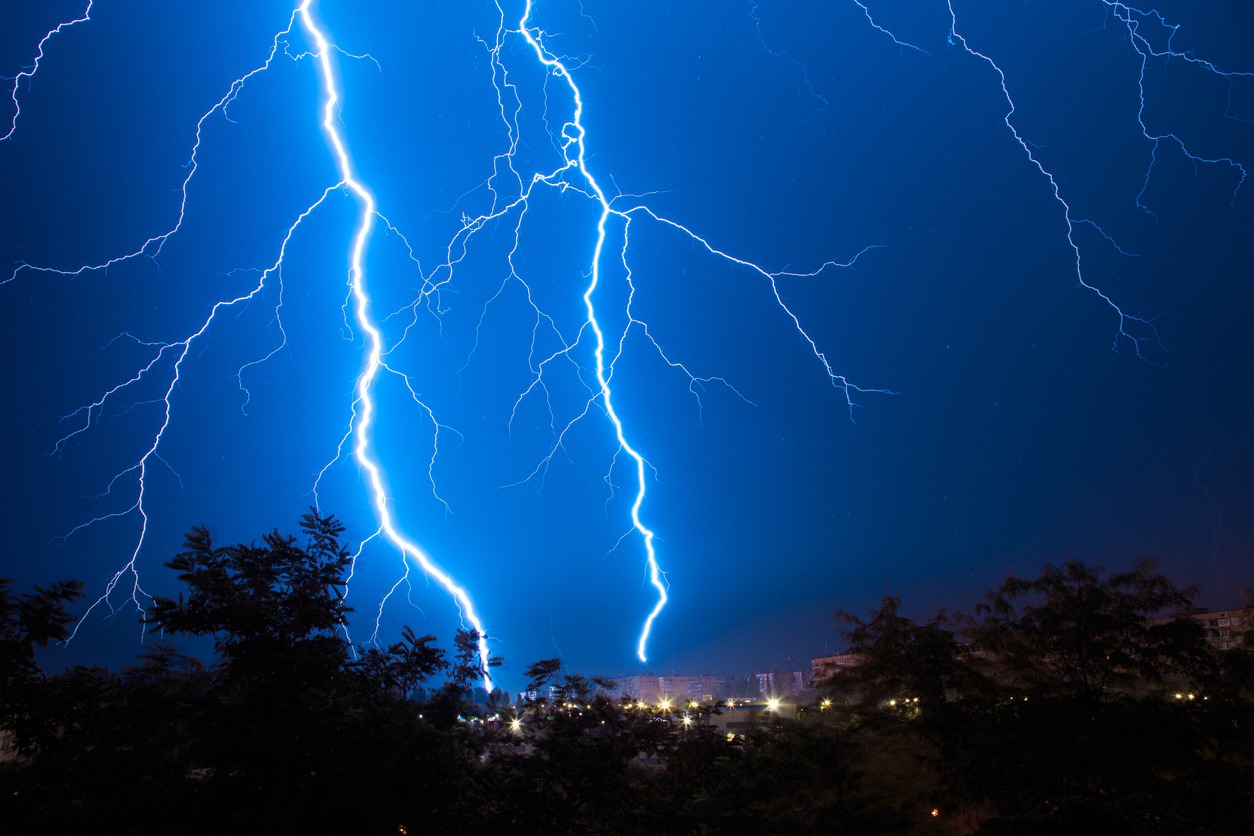Intro
Long exposure photography is one of the most mesmerizing ways of photography that exist today. It takes the fundamental notion of photography – capturing a single moment in time – and turns it on its head. The result is a jaw-dropping photo that captures a location in a way normal still photography never could. Long exposure photography has gained lots of popularity in recent years, often being used to capture cityscapes and the night sky in a more interesting way. Let’s discuss some tips on how you too can take perfect long exposure photographs if you have a camera and some imagination.
What is Long Exposure Photography?
Long exposure photography is done by switching to a very slow shutter speed on your camera. As the name suggests, this entails in a longer exposure and the image is composed of more data than a regular image. The end result is moving objects appearing as a trail or blur, a characteristic that is used creatively to great effect to make for some truly stunning photos. A great example of this effect is the photograph above, where the lake and the hills appear still but the stars above have changed position to the extent that they appear more as circling shooting stars.
Another example is the cityscape long exposure shots that show the contrast between the still buildings and the constant motion of pedestrians and vehicles. Long-exposure shots are usually associated with professional photographers, but anyone with a decent camera, some knowledge and imagination can make it work. Following are some tips that can help everyone take great long-exposure shots.
1. Get a Tripod to Keep Your Camera Still
Long exposure photography requires a very steady camera so no minor movement is represented as a major blur or curve in the photograph. For this reason, it is best paired with a tripod so the only thing that moves in your photograph is the subject of your photography.
2. Use A Different Mode
Auto mode in cameras nowadays is a very helpful tool undoubtedly, but for long exposure photography consider changing over to Manual or Bulb mode so you can adjust the shutter speed exactly how you want.
3. Shoot/Save in RAW
As with other photography that might require fixing in post processing, consider shooting photos in RAW format instead of JPEG. This means you will have all the raw data available, allowing you to tweak the image to your liking in an image processing software.
4. Use a Neutral Density Filter
If you plan to take a long exposure shot where there is a lot of light, you risk ruining your photo by letting your camera be exposed to too much light. Neutral density filters, or ND filters, go behind your camera’s lens and prevent too much light from entering, and are a worthwhile investment for long exposure photography.
5. Shoot at Night
Speaking of letting too much light in, possibly the best time for long exposure photography is nighttime. With naturally low lighting, the subjects of your photo will pop out more and their motion will be captured in greater detail without bloom.
6. Know the Location
Long exposure photography requires some research beforehand. Visit and get to know the location you want to photograph beforehand. This allows you to know what it looks like during different stages of daytime and nighttime and what movement occurs there during those times.
7. Know the Subject
In addition to the location, get to know what exactly you’re going to be photographing and how you can make it look its best. Is it going to be the night sky as the stars and the Milky Way slowly make their way across? Is it going to be the traffic on a busy freeway? Maybe it’s just going to be people as they make their way tending to their lives. If you prepare beforehand, your photo will turn out much better.
8. Long Exposure Backdrop
The motion you’re capturing in long exposure doesn’t have to necessarily be the subject of your photograph. It could be part of the environment around your subject as well, just as a way to making it a more interesting photo. For example, clouds over a serene town or flowing water that appears as mist in a long exposure shot.
9. Practice Beforehand
Practice makes perfect, and the same holds true for long exposure photography. It is perfectly normal to not get the perfect shot the first time. Be it due to unwanted motion or too much exposure, your first few photos might turn out less than satisfactory. But with practice, you will eventually learn how to take great long-exposure shots the right way.
10. Enhance It in Post Processing
Speaking of getting it just right, consider editing your image. Not every image turns out perfect, but it can be made so on a computer with the right software and knowhow.
11. Time Your Shot
One very important part of long exposure photography is timing your shot perfectly. A picture-worthy moment only happens for a moment and if you miss it, you might have to wait a long time for it to happen again. That’s where knowing the location and your subject comes in handy, which prepares you to click at the right time.
12. Remember the Basics of Photography
Just because long exposure photography is different from regular photography in a sense that it captures motion, doesn’t mean all other aspects of photography go out the window too. Composition, lighting, angles, and everything else still matters just as much as it ever did.
13. Use the Weather
The weather greatly influences long exposure photography. If it’s too sunny and bright outside, your photos might turn out quite messy. Overcast days play nice with long exposure photography because of the lack of really harsh lighting. Furthermore, different weather can make for different shots.
Conclusion
Long exposure photography is a beautiful form of art, but it takes some getting used to. Hopefully what we’ve covered is enough to get you started. We’ve got other helpful photography guides as well, such as on landscape photography and wildlife photography. We’ve also covered how to become a traveling filmmaker if that catches your fancy. Or maybe you just want to know how to make the most out of a camera you already own. All of these guides feature some tips that will help you in long exposure photography too.
